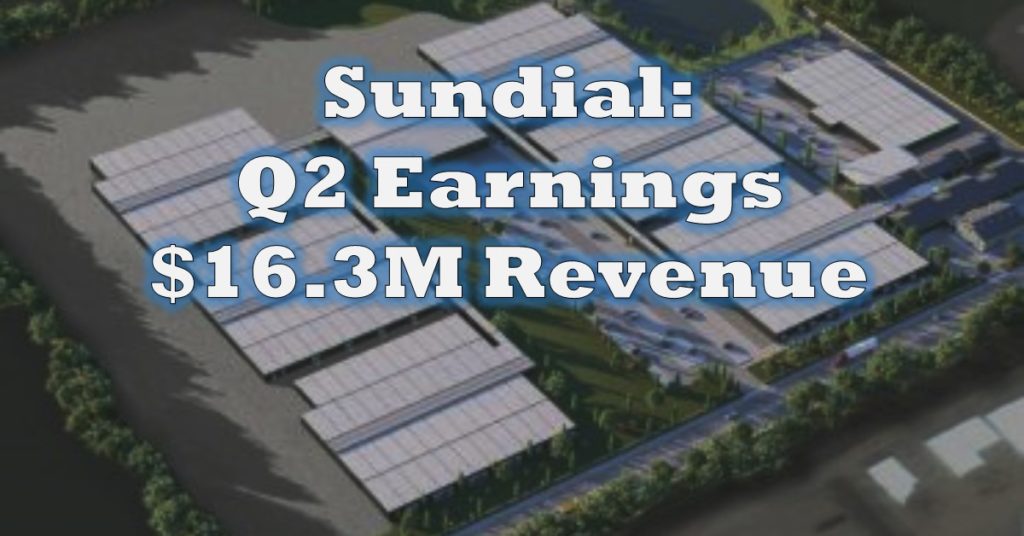Yesterday after the close of markets, Coinbase Global, Inc. (NASDAQ: COIN) reported abysmal 4Q 2022 results, but apparently a little less atrocious than analysts were projecting. Revenue in the quarter totaled US$605 million, up 5% from US$576 million in 3Q 2022, but down dramatically from US$2.49 billion in the year-ago period. In addition, the company reported a net loss of US$557 million, or negative US$2.46 per share in 4Q 2022, versus a consensus forecast of a loss of US$2.55 per share.
Combined retail and institutional assets on Coinbase’s platform as of December 31, 2022 fell to US$80 billion from US$101 billion at the end of September 2022 and from US$278 billion at year-end 2021. Much of the decline in 4Q 2022 traced to the declining value of cryptocurrencies, but some undoubtedly was simply customers’ leaving the platform. Indeed, the number of monthly transacting users dropped to 8.3 million in 4Q 2022, continuing a steady downtrend from 11.2 million in 4Q 2021.
Despite posting a slight uptick in sequential revenue in 4Q 2022, Coinbase’s adjusted EBITDA loss widened to US$124 million from negative US$116 million in 3Q 2022. The company’s full-year 2022 EBITDA loss was US$371 million.
Not surprisingly, Coinbase’s cash holdings eroded quite rapidly over the course of 2022. At year-end 2022, the company’s cash totaled US$4.4 billion, down from US$7.1 billion as of December 31, 2021.
COINBASE GLOBAL, INC.
| (in millions of US dollars, except otherwise noted) | 1Q 2023E | 4Q 2022 | 3Q 2022 | 2Q 2022 | 1Q 2022 |
| Monthly Transacting Users, or MTUs (millions) | 8.3 | 8.5 | 9.0 | 9.2 | |
| Retail Trading Volume | $20,000 | $26,000 | $46,000 | $74,000 | |
| Institutional Trading Volume | $125,000 | $133,000 | $171,000 | $235,000 | |
| Trading Volume | $145,000 | $159,000 | $217,000 | $309,000 | |
| Retail Assets on Platform | $40,000 | $51,000 | $47,000 | $123,000 | |
| Institutional Assets on Platform | $40,000 | $51,000 | $49,000 | $134,000 | |
| Total Assets on Platform | $80,000 | $101,000 | $96,000 | $256,000 | |
| Total Market Capitalization of All Crypto Assets | $850,000 | $1,050,000 | $970,000 | $1,950,000 | |
| % on Coinbase Platform | 9.4% | 9.6% | 9.9% | 13.1% | |
| Transaction Revenue | $322 | $366 | $655 | $1,013 | |
| Blockchain Rewards | $62 | $63 | $68 | $82 | |
| Custodial Fee Revenue | $11 | $15 | $22 | $32 | |
| Interest Income | $182 | $102 | $33 | $11 | |
| Other Subscription and Services Revenue | $27 | $31 | $24 | $28 | |
| Total Subscription/Services Revenue | $300 to $325 | $283 | $211 | $147 | $152 |
| Net Revenue | $605 | $576 | $803 | $1,165 | |
| Transaction Expenses as % of Net Revenue | ~15% | 14% | 18% | 21% | 24% |
| Sales & Marketing Expenses as % of Net Revenue | 15% | 13% | 18% | 17% | |
| Technology and Development Plus G&A Expenses | ~$650 | $968 | $896 | $1,079 | $984 |
| Adjusted EBITDA | ($124) | ($116) | ($151) | $20 | |
| Net Income – Recurring | ($557) | ($545) | ($647) | ($430) | |
| Cash, Including Digital Assets | $4,425 | $5,007 | $5,682 | $6,116 | |
| Debt – Period End | $3,469 | $3,474 | $3,483 | $3,486 | |
| Shares Outstanding (millions) | 261.9 | 261.9 | 261.9 | 261.9 |
A hard-to-explain aspect of Coinbase’s 4Q 2022 and full-year results: an apparent attempt to obscure the extent of the company’s negative operating cash flow during 2022. We first note that over the nine months ended September 30, 2022, the company reported negative operating cash flow of US$4.8 billion. This included a negative US$4.0 billion entry for the change in “Customer Custodial Cash Liabilities.”
In its full-year 2022 cash flow rundown, Coinbase showed 2022 operating cash flow of “just” negative US$1.6 billion, implying it somehow realized US$3.2 billion of positive operating cash flow in 4Q 2022. However, the company, without explanation, showed a negative US$5.6 billion change in Customer Custodial Cash Liabilities in its 2022 cash flow from the financing activities section, and no mention of the entry in its operating cash flows.
READ: Coinbase: Investors Shrug Off SEC Risk Amid Crypto Crackdown
Apples-to-apples, it appears that Coinbase’s operating cash flow in 4Q 2022, excluding this entry, was about negative US$800 million, about equal to the “adjusted” operating cash flow shortfall in the first three quarters of 2022. The unusual accounting shift is important because many investors ascribe tremendous significance to a company’s operating cash flow and pay little attention to its cash flow from financing activities. Coinbase’s change in the way it displayed its consolidated cash flow seemed to imply there was a significant positive change in operating cash flow in 4Q 2022 when in fact the opposite of that occurred.
In its shareholder letter, Coinbase barely addressed the possibility that its “staking fees” could potentially be eliminated given a recent agreement that Kraken, another crypto exchange, reached with the SEC. In that accord, Kraken agreed to “immediately” end its crypto staking-as-a-service platform for U.S. customers.
Staking entails an account holder’s allowing its cryptocurrency to be locked up in order to participate in the digital currency’s blockchain, thereby helping to verify the accuracy of transactions on the blockchain. In exchange, the account holder earns rewards that equate to multiples of the returns offered by banks.
Coinbase also operates a staking platform. Its service, called Earn, offers 6% annual interest to its account holders. Coinbase reflects its staking fees in a revenue category called “Blockchain Rewards.” In 4Q 2022, the company recorded Blockchain reward revenue of US$62.4 million. Blockchain rewards comprised just over 10% of Coinbase’s net revenue of US$605 million in 4Q 2022. Furthermore, this revenue stream is likely a 100%-margin stream; it likely all falls to the EBITDA line.
After rallying 75% so far in 2023, Coinbase’s enterprise value is in the vicinity of US$15 billion. Given the company’s substantial cash flow difficulties reported in 4Q 2022, as well as the staking risks surrounding the company, it is difficult to reconcile the company’s quarterly results with this valuation.
Coinbase Global, Inc. last traded at US$62.07 on the NASDAQ.
Information for this briefing was found via Edgar and the sources mentioned. The author has no securities or affiliations related to this organization. Not a recommendation to buy or sell. Always do additional research and consult a professional before purchasing a security. The author holds no licenses.









